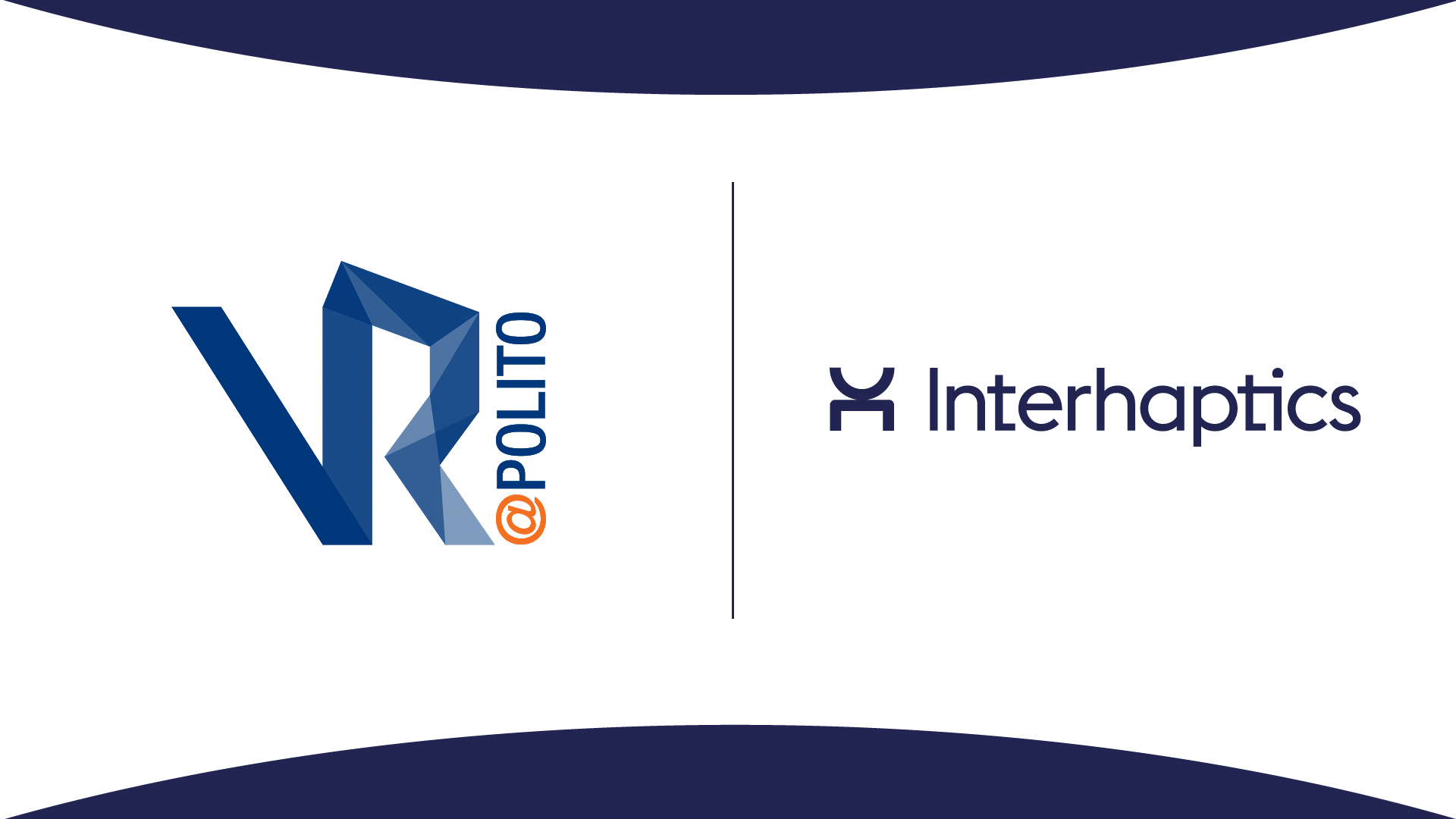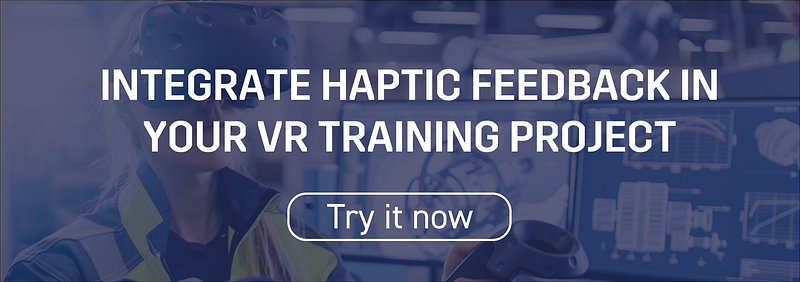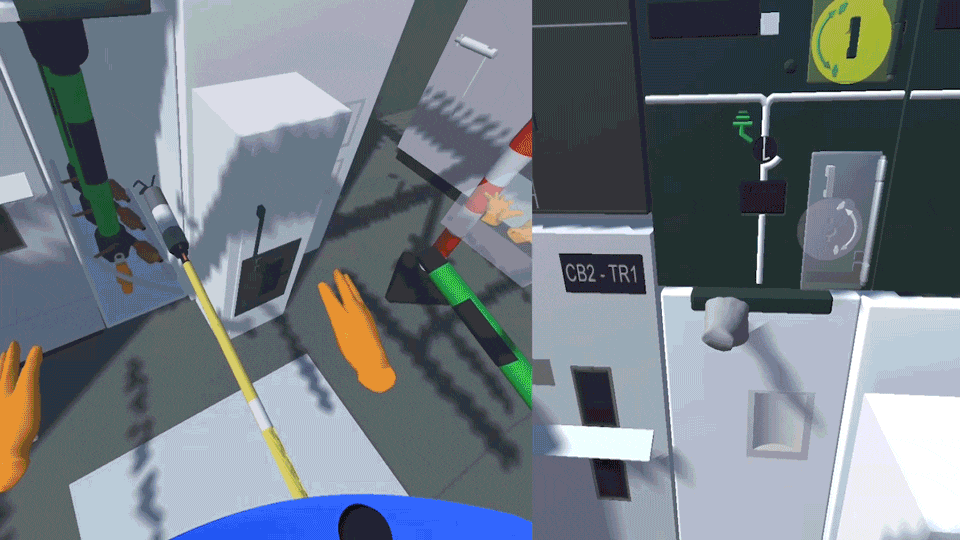
Interhaptics and the VR@POLITO lab of Politecnico di Torino University in Turin, Italy, are collaborating in a study of the impact of haptics in virtual reality (VR) training through an M.Sc. thesis project by Matteo Piviotti.

Matteo is enrolled in the M.Sc. degree in Computer Engineering at Politecnico di Torino. Five years ago, after a B.Sc. degree in Electronic Engineering, he discovered VR and founded a startup based on this technology. Now he is working to improve VR immersion by studying the sense of touch and how to feel different sensations.
Tangible results have been achieved thanks to the collaboration with the Leonardo Aircraft “Virtual Lab” where, in the thesis framework, Matteo tests and verifies the applicability and effectiveness of different haptic solutions applied in the environment of aircraft maintenance training, with particular focus on usability and ergonomics.
This opportunity is part of Leonardo Aircraft’s policy to experience the most innovative solutions in order to continuously enhance the value and the attractiveness of training products for its Customers.
The training of personnel specialized in the maintenance of complex systems, such as an aircraft or a helicopter, cannot, nowadays, ignore the use of state-of-art training devices based on high-fidelity simulation and immersive virtual reality able to reproduce the system behavior from graphical, human/machine interaction and functional point of view in a true-to-reality manner.

Integration of ManusVR gloves
Haptics refers to the sense of touch and the technology of transmitting information through different perceptions. They include vibration, textures, or stiffness. The more precise the haptic feedback is, the more immersed the user feels. It can be particularly helpful in extended reality, especially in different use cases, such as VR training. Several industries requiring high-level precision and high-quality training already use VR as a solution. But adding haptic feedback to the VR experience gives the user huge value.

Project goal
“One of goals of my thesis project is the integration of third-party gloves, Manus VR Haptics Prime Gloves, into the Interhaptics system. It is important that a developer could develop code without worrying about which type of glove the user will use or how to manage haptics and poses of different companies that sell gloves. My work will provide the developers two different features to use Interhaptics and automatically also the Manus Gloves. There are two components that I am developing: the first one is the provider for Manus Gloves to take the correct data from gyroscopes and from polygon systems and to use them for linking to the Interhaptics tracking system; the second component is the haptic provider, which is meant for haptics management, in particular, to ensure that data calculated by the Interhaptics renderer are transmitted to the gloves in a totally transparent way to the developer.” Matteo Piviotti.
What is planned for the future?
“Since Interhaptics is a very powerful library for managing haptics and interactions, I’m going to use it for comparing the hardware from three different haptics market leaders: BeBop, Manus VR, and SenseGlove. In particular, I will create a simple scenario with different interactions in the industrial training domain.” Matteo Piviotti.
About Interhaptics
Interhaptics is a software company specialized in haptics. Interhaptics provides hand interactions and haptic feedback development and deployment tools for extended reality and mobile applications. Interhaptics’ mission is to enable the growth of a scalable haptics ecosystem. Interhaptics strives to deliver top-notch development tools for extended reality (XR), mobile, and console developer communities, and the interoperability of haptics-enabled content across any haptics-enabled platform.

“Interhaptics strives to deliver a transparent environment for developers and users alike for haptics. Our ambition is to allow the ecosystem to create great haptics at scale. Our collaboration with Matteo shows that non-experts in haptics can also integrate a new haptics device into Interhaptics and leverage the powerful design and rendering framework of Interhaptics. We will closely follow Matteo’s advances, and we are looking forward to seeing the results of his research.” Eric Vezzoli, CEO of Interhaptics

Fort more information, contact us here.






